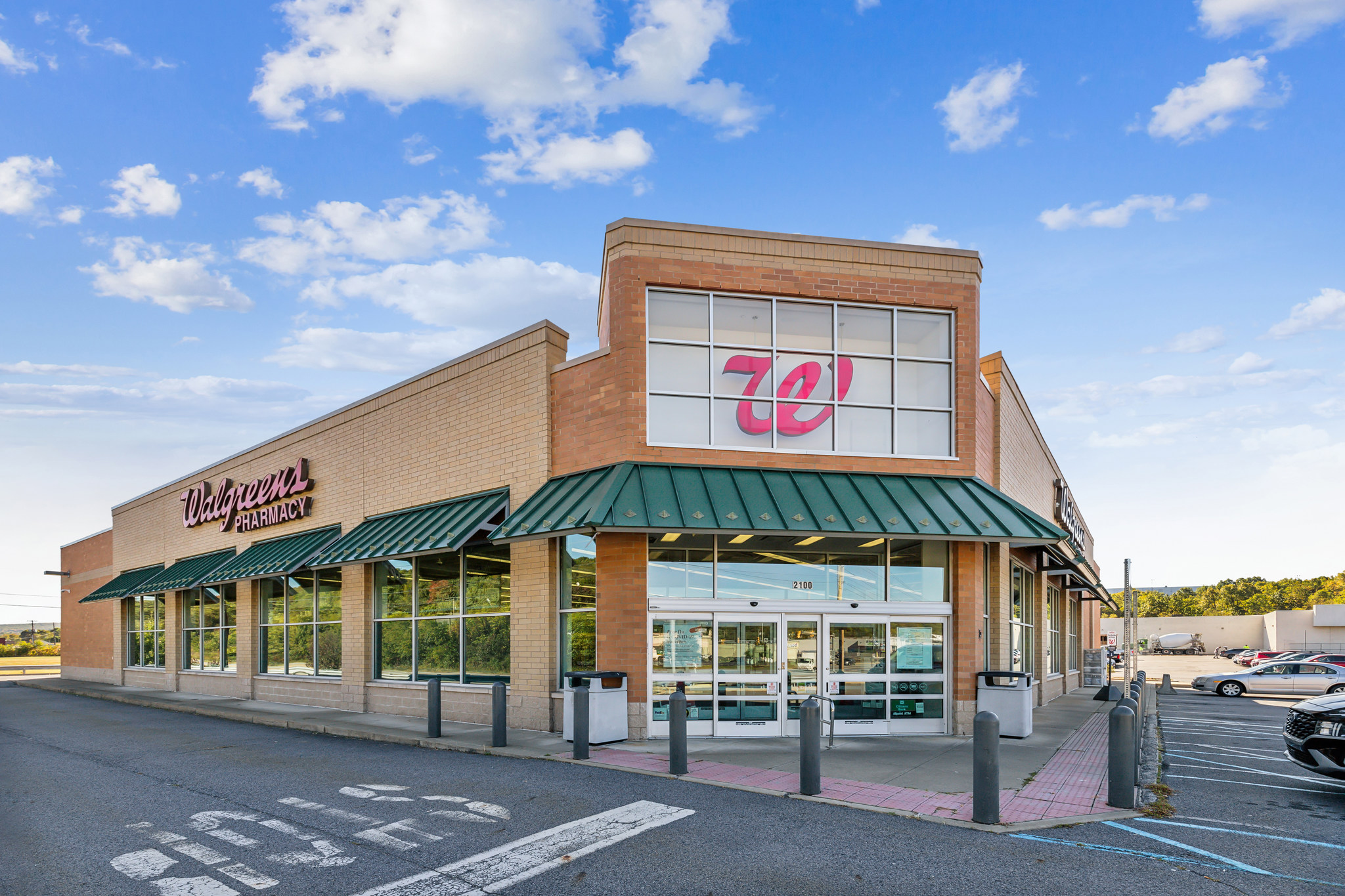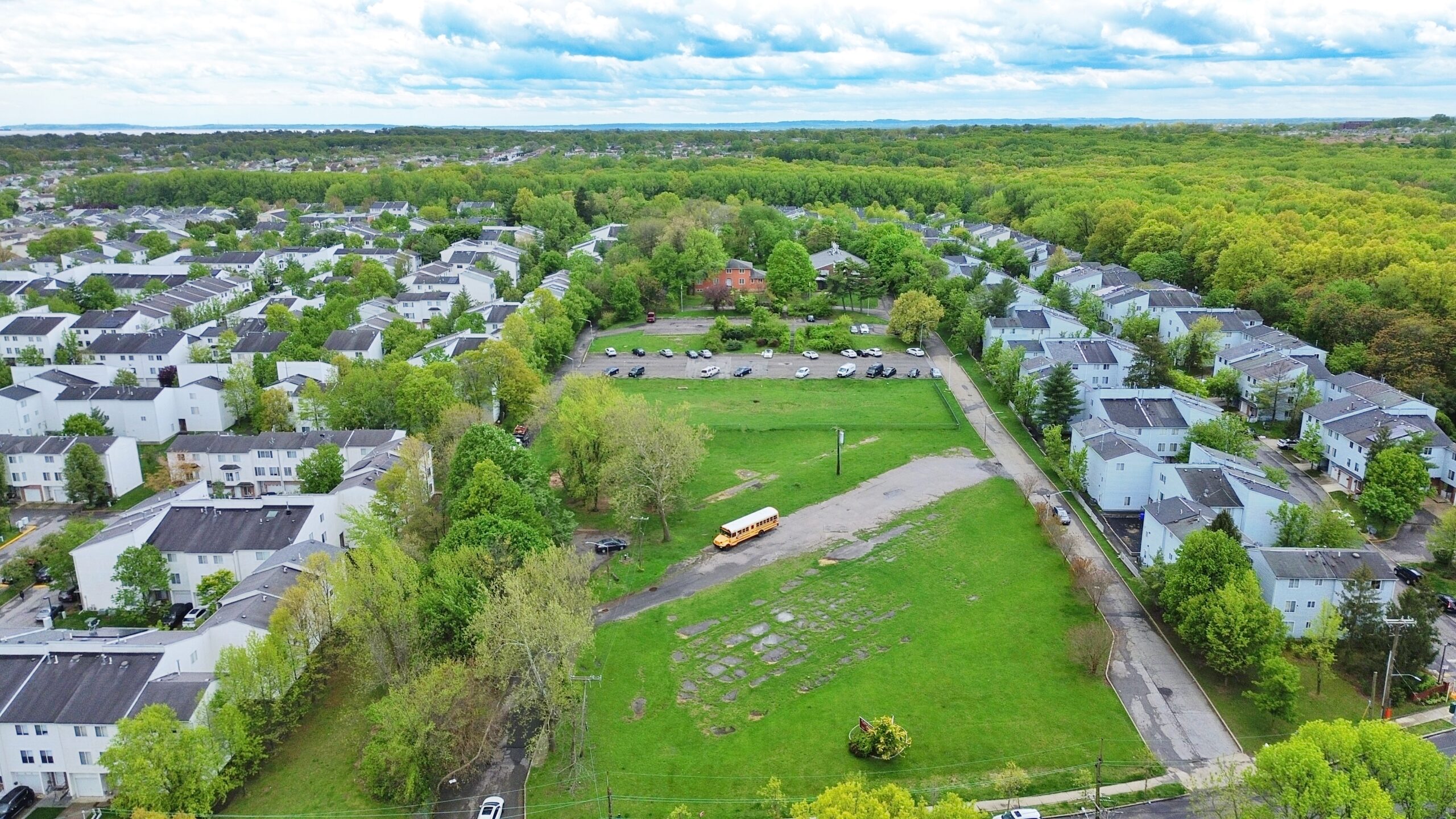1. Keyless Entry
The first and most obvious advantage to installing a biometric door lock is that it is keyless. Keyless entry means that you no longer have to tote around a keychain full of various keys admitting access. If you’ve found yourself locked outside your home, looking for locksmith services to help you regain entry, you can appreciate the value of being able to unlock the door with a mere swipe of a finger.
The absence of need of a metal piece means that hands are free to carry, hold, do whatever you must upon entering a home. The biometric door lock can allow the user to present a single finger to gain entry.
2. Can’t Be Lost or Stolen
Having no key to maintain or present to get to the inside of a home means that there’s no item to maintain possession of. One of the most terrifying aspects of having a handbag stolen is the awareness that the perpetrator now possesses the information of where the handbag’s owner resides. Equipped with the address and the keys, the holder of the items could also have the means to enter the bag owner’s private residence. The biometric device ensures that only those identified and programmed will be able to gain entry.
Lost keys will most often happen when you are away from home. There’s a sinking feeling that comes from realizing that the house left unattended was locked up to avoid unauthorized entry. The realization of lost keys becomes an obvious worry about getting back in, essentially how to thwart your securing the residence. Your options are relatively limited, and none of them are without an expense.
3. Immediately Manageable
Given the uniqueness of fingerprint patterns, biometric door locks are programmed with every possible person’s biometric data whom the homeowner wishes to allow access. Programming is much easier than taking a trip to the hardware store for every new key needed to pass along. Likewise, subsequently denying access is as simple as removing the data from those allowed entry. Someone who is no longer welcome does not need to be located and asked to submit the key.
The Disadvantages
These are all very beneficial effects of using biometric security but notice that these advantages are primarily centered around the benefit of convenience. What is the cost or the downside of this convenience?
1. Expensive
The top disadvantage of using a biometric door lock is the cost. When compared to traditional mechanical locks, the cost of even the most basic of options becomes exorbitant. Cutting-edge technology often comes with a hefty price tag for such luxuries.
The biometric door lock will involve two expenses. The first is for the door lock device itself. These devices commonly cost a couple of hundred up to over a thousand dollars. The keypad locks come in a variety of designs, features, and options. Some offer fingerprint only, keypad only, or any combination of similar options.
The other expense involves the software necessary to control the function. These products are proprietary and unique to the system that’s been chosen. Many people factoring out the cost of using a smart device to replace their traditional door locks forget to consider that the lock itself is only as good as the system used to program and maintain it.
2. Private Data Concerns
Though biometrics is becoming more widely used, many people may be uncomfortable with their personal biometric details being kept in a database. This is a frequent security concern for many as our modern age stores personal data on servers which always seems to be breached by one foreign government or random hacker. Even those networks long believed to be the most secure have suffered intrusions. The results of such breach become a risk to all those whose information was stored there.
3. Malfunction
One of the best advantages of using biometric locks is the ease and convenience that they might afford to make a quick entry to the home. But when that system fails to function as it’s intended. There are several scenarios in which the lock may not perform as expected.
Sweaty, oily, dirty fingers run the risk of not being identified as an allowed user. This quick and convenient access to entry can suddenly become anything but. Now the user must troubleshoot what is preventing the device from recognizing the print of an authorized user. Running through the list of known culprits and eliminating the possibilities will take a few minutes, at least, and as it is so often the case, it will probably happen at the most inopportune time. There’s no guarantee that the problem will be identified and remedied.
Any change to the recorded fingerprint could render the print unrecognizable. Different locks use other scanning methods to include some that scan more than just the top layer of skin. But something as simple as a minor injury to the programmed finger pad could confuse the system and prevent it from recognizing the scan results. Unless the user has multiple finger options already programmed into the system, the device’s failure to match the biometric information with the list of those that are allowed entry.
Another possible cause of a malfunction could be the power source that the device uses to energize and perform the scan. During a power failure, the device will be unable to function, resulting in being locked out of the home for the duration of the power outage.
In Conclusion
Biometric door locks are an appealing way of incorporating technology into the home. The devices offer some benefits of convenience, but those benefits are not without cost. But be prepared to accept both the advantages and the shortcomings that this technology has to offer.







Leave a Comment